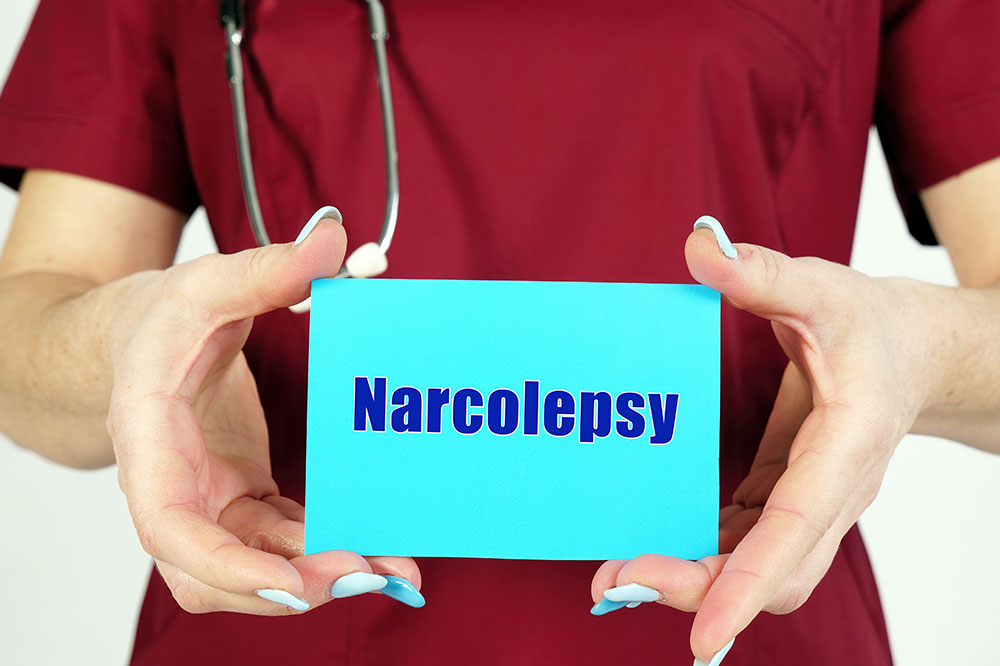Understanding Idiopathic Hypersomnia: Causes, Diagnosis, and Effective Management Strategies
This comprehensive guide explores idiopathic hypersomnia, detailing its causes, diagnostic procedures, and effective management strategies. It highlights lifestyle modifications, medication options, and supportive practices to help individuals improve their quality of life despite the challenges posed by this persistent sleep disorder. Understanding IH better can lead to more effective treatments and a more fulfilling daily experience.

Understanding Idiopathic Hypersomnia: Causes, Diagnosis, and Effective Management Strategies
Idiopathic hypersomnia (IH) is a complex and often misunderstood neurological sleep disorder characterized by persistent excessive daytime sleepiness that significantly impacts daily functioning and quality of life. Unlike typical tiredness, the sleepiness associated with IH is profound, often unrelieved by sleep, and can last for months or even years. Patients frequently experience difficulty staying awake during activities, impaired concentration, and a constant feeling of fatigue that can interfere with work, social activities, and personal relationships. Due to the overlap of symptoms with other sleep disorders such as narcolepsy or sleep apnea, diagnosing IH is particularly challenging and requires a careful and comprehensive evaluation. This detailed guide aims to shed light on IH's underlying causes, diagnostic procedures, and the most effective strategies for managing this condition to improve the lives of those affected.
Causes of Idiopathic Hypersomnia
Although the exact cause of idiopathic hypersomnia remains elusive, research suggests that it involves a complex interplay of neurological, genetic, and environmental factors. It is estimated that IH affects approximately 1% of the population, making it a relatively rare but impactful sleep disorder. The diverse range of symptoms—from mild drowsiness to profound fatigue—underscores the variability in how the disorder manifests among individuals.
Current scientific understanding indicates that IH stems from abnormal regulation of sleep-wake cycles and disturbances in specific brain regions responsible for maintaining alertness. Dysfunctions in neurotransmitter systems, particularly those involving hypocretins (also known as orexins), may contribute. These neuropeptides are crucial for regulating arousal and wakefulness. A deficiency or malfunctioning in hypocretins may explain why individuals with IH experience persistent sleepiness that does not respond adequately to typical sleep patterns.
Additionally, genetic predispositions may play a role. Some studies have pointed to hereditary patterns, although no specific gene has been conclusively linked to IH. Environmental factors such as stress, irregular sleep schedules, or trauma may also exacerbate symptoms or trigger the onset of the disorder. Comorbid mental health conditions like depression and anxiety are common among IH patients and might influence or be influenced by underlying neurobiological abnormalities.
Practical Lifestyle and Prevention Tips
While idiopathic hypersomnia cannot be prevented outright due to its largely unknown origins, there are several lifestyle modifications that can help manage symptoms effectively. Implementing targeted strategies can reduce severity and improve overall well-being. Limiting caffeine intake, especially in the latter part of the day, helps stabilize sleep patterns and prevents disruptions to nighttime sleep. Engaging in regular physical activity, such as walking, yoga, or aerobic exercises, can boost alertness and improve sleep quality.
Practicing relaxation techniques like yoga, mindfulness meditation, or deep breathing exercises can lower stress levels that might exacerbate sleepiness. Managing stress is crucial because stress can disrupt normal sleep regulation and worsen symptoms. Nutrition also plays a significant role; avoiding heavy or spicy foods before bedtime, eating smaller meals in the evening, and limiting high-carb foods can promote more restful sleep. Creating a sleep-conducive environment—dim lighting, comfortable bedding, and a cool room—further encourages quality rest.
Diagnosis of IH
Diagnosing idiopathic hypersomnia involves differentiating it from other sleep-related conditions. Healthcare professionals typically conduct comprehensive assessments, including detailed medical histories, sleep diaries, and diagnostic tests. Polysomnography (sleep study) is often performed overnight to monitor sleep architecture and identify abnormalities such as extended sleep duration, frequent awakenings, or other parasomnias.
Another key tool is the Multiple Sleep Latency Test (MSLT), which measures how quickly someone falls asleep during the day and the pattern of sleep onset. These tests help distinguish IH from conditions like narcolepsy, sleep apnea, or depression. Blood tests and neurological evaluations may be performed to rule out related disorders or underlying medical issues. Due to the complexity of diagnosis, a multidisciplinary approach involving sleep specialists, neurologists, and psychiatrists is sometimes necessary.
Recognizing the symptoms early and accurately is essential for effective treatment planning. Patients often report symptoms such as non-restorative sleep, daytime fatigue, muscle weakness, and sometimes automatic behaviors—doing things unconsciously or with little awareness. Precise diagnosis allows tailored intervention strategies for better management of the disorder.
Therapeutic Options for Managing IH
Treatment of idiopathic hypersomnia primarily focuses on alleviating excessive daytime sleepiness and improving quality of life. Pharmacological management often includes stimulant medications, such as modafinil, methylphenidate, or amphetamines, which enhance wakefulness. However, these drugs can have side effects like headaches, increased heart rate, anxiety, or sleep disturbances. Regular monitoring by healthcare professionals is necessary to balance benefits and risks.
In addition to stimulants, other medications such as sodium oxybate may be prescribed to improve sleep quality and reduce symptoms. Some patients benefit from antidepressants, especially if comorbid mood disorders are present. Non-pharmacological approaches, such as scheduled naps, cognitive-behavioral therapy for sleep, and lifestyle adjustments, are also integral parts of the management plan.
It is important to recognize that no single treatment works universally. Personalized treatment plans, often combining medication, consistent sleep routines, and lifestyle changes, tend to be most effective. Patients should work closely with their healthcare providers to monitor progress, manage side effects, and adjust therapies as needed.
Living Well with IH: Effective Management Strategies
Living with idiopathic hypersomnia requires patience, persistence, and a proactive approach to day-to-day management. Establishing a consistent sleep schedule—going to bed and waking up at the same time every day—helps regulate circadian rhythms and reduces daytime drowsiness. Creating a sleep-friendly environment that is quiet, dark, and cool enhances sleep quality.
Regular physical activity, even light exercise like walking or stretching, can boost alertness and mood. Nutritional habits, including balanced diets rich in vegetables, fruits, lean proteins, and whole grains, support overall health. Avoiding heavy meals and alcohol before bedtime is advisable to prevent sleep disturbances.
Stress management techniques such as mindfulness, yoga, or meditation can help mitigate symptoms related to mental health conditions that often accompany IH. Building a support network of family, friends, or support groups can provide emotional encouragement and practical advice. Educating oneself about the disorder helps in understanding and coping with the challenges it presents.
Community resources—support groups, counseling services, and specialist clinics—are valuable for ongoing management. Ultimately, managing IH is about creating an individualized plan that fits personal and medical needs, promoting better sleep, increased daytime alertness, and improved quality of life.





